If you are thinking of taking up swimming as a hobby or a fitness activity, you might be wondering what to expect in your first swimming class. Swimming is a great way to improve your health, relax your mind, and have fun at the same time.
Swimming can be challenging if you’re not familiar with the basics or pool etiquette. But with the right instruction and guidance, anyone can learn to swim and feel comfortable in the water. Just choose the right swimming class for you. Take the help of qualified and experienced swimming instructors. You are set.
Read on to learn what to expect in your first swimming class.
Swimming is a skill that you can use for life, whether you’re an adult or child. Don’t let anything stop you from trying it out and learning something new.
Before starting, make sure you’re wearing proper swimming equipment like your swimsuit, swimming cap, and goggles to ensure a comfortable and safe swimming experience.
Getting comfortable in the water
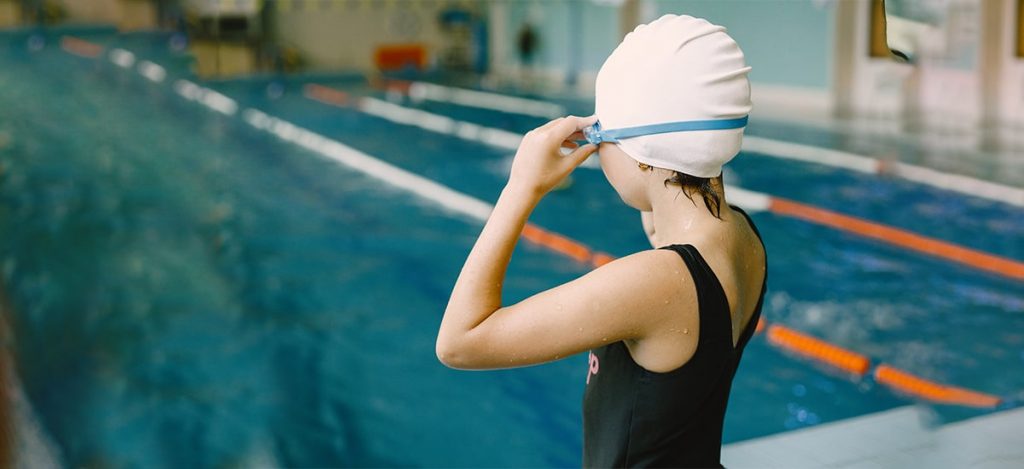
One of the most important steps in learning how to swim is getting comfortable in the water. That’s why your first swimming class will start with some simple exercises to help you relax and feel safe. Make sure you have a swimsuit, a towel, and swimming goggles.
When starting to learn how to swim, the first step is to get into the water. As a beginner, it’s important to enter the water slowly and cautiously. Taking a deep breath, holding onto the pool’s edge, entering into the shallow side of the pool or using flotation devices can help you ease into the water and feel more confident before attempting any strokes or movements.
Your instructor will ask you to walk around in the water and get used to the feeling and the buoyancy. Buoyancy is the force that makes you float and feel lighter in the water. Try to lift your feet off the ground and see how the water supports you. You can also try to move your arms and legs in different directions and see how the water resists you.
Once you get used to the feeling of being in the water and know which part of the pool you should stay in, you will be able to learn more.
Blowing bubbles
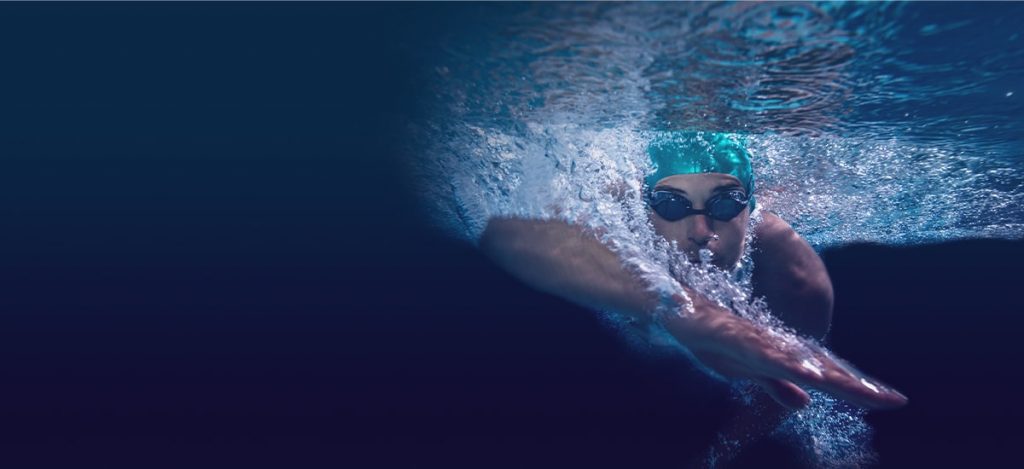
The next step you may learn in your first swimming class is how to put your face and head into the water. Your instructor may also ask you to practice blowing bubbles underwater, meaning breathing out with your face submerged.
This activity helps you keep water out of your nose and mouth and control your breathing.
Breathing bubbles is an important skill because in most swimming strokes you will put your face and head into the water and even breathe out underwater. This will help you to swim faster and more smoothly. You don’t have to worry about inhaling water because you will learn to always come up for (inhaling) air when you need to.
Your instructor might ask you to dip your chin into the water first, then your mouth, then your nose, and finally your whole face. They might also ask you to hold onto the edge of the pool or a float while doing this. Try to relax and blow bubbles gently when your face is underwater. You can do this as many times as you need to feel comfortable.
Practice this by bobbing up and down or holding onto the pool’s edge. You can also start learning to kick by moving your leg as you go in holding on to some support.
Floating on water
Floating is an essential skill for anyone who wants to learn how to swim. It is a fundamental technique that helps you stay afloat in the water, relax and conserve energy. Your swimming instructor may proceed to teach you to float after you have learned to walk in the water and blow.
Floating in water is an intuitive skill that relies on your body’s natural buoyancy and ability to relax. It is a technique that requires you to trust yourself and your body. By letting go of any fear or tension and allowing yourself to float, you can experience the sensation of weightlessness and ease in the water.
Remember, your body knows how to float, and with practice, you can develop the necessary skills and confidence to float effortlessly be it on your back or your tummy.
To start learning how to float, lie on your back in the water with your arms at your sides and your legs straight. Your instructor will support your head and shoulders with their hands. From there, it’s all about relaxing your body and letting the water hold you up.
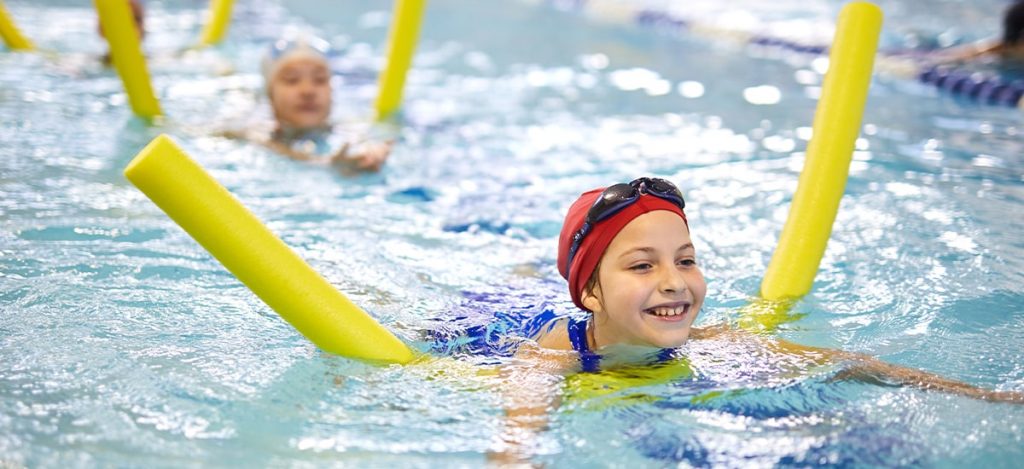
It’s essential to keep in mind that your ears may be underwater. Don’t worry! This is completely normal and nothing to worry about. In fact, the sensation of the water around your ears can be quite calming and relaxing.
Swimming Safety
Here are a few safety guidelines you should be mindful of.
-
Always swim with a buddy; do not swim alone or without supervision.
-
If your child is learning or swimming, and you are supervising, provide close and constant attention when they are in or near water.
-
Avoid distractions including cell phones.
-
Drink water regularly even though you are cool and in water throughout as you swim, there are chances of dehydration.
-
Be aware of pool drains or suction outlets. Stay away from them while swimming.
Swimming strokes and more
After you can float on both your back and front, you will learn to glide through the water by kicking your legs and moving your arms. This is the first step towards swimming strokes like freestyle and backstroke. Your instructor will teach you how to coordinate your movements and breathe properly.
And remember
It’s important to remember that learning to swim takes time and practice. While you may be introduced to walking in the water, blowing bubbles, floating, and more in your first swimming class, it’s unlikely that you’ll master these skills right away.
Depending on your trainer, class structure, individual abilities, and comfort level, it may take a few classes or even longer to feel confident in the water. And that’s perfectly okay! Everyone learns at their own pace, and the most important thing is to stay committed, keep practicing, and trust the process.
Are you looking for swimming classes in Dubai or interested in hiring a personal swimming coach? Look no further! On PursueIt, you can find a variety of options to choose from. Get in touch with us to learn more.
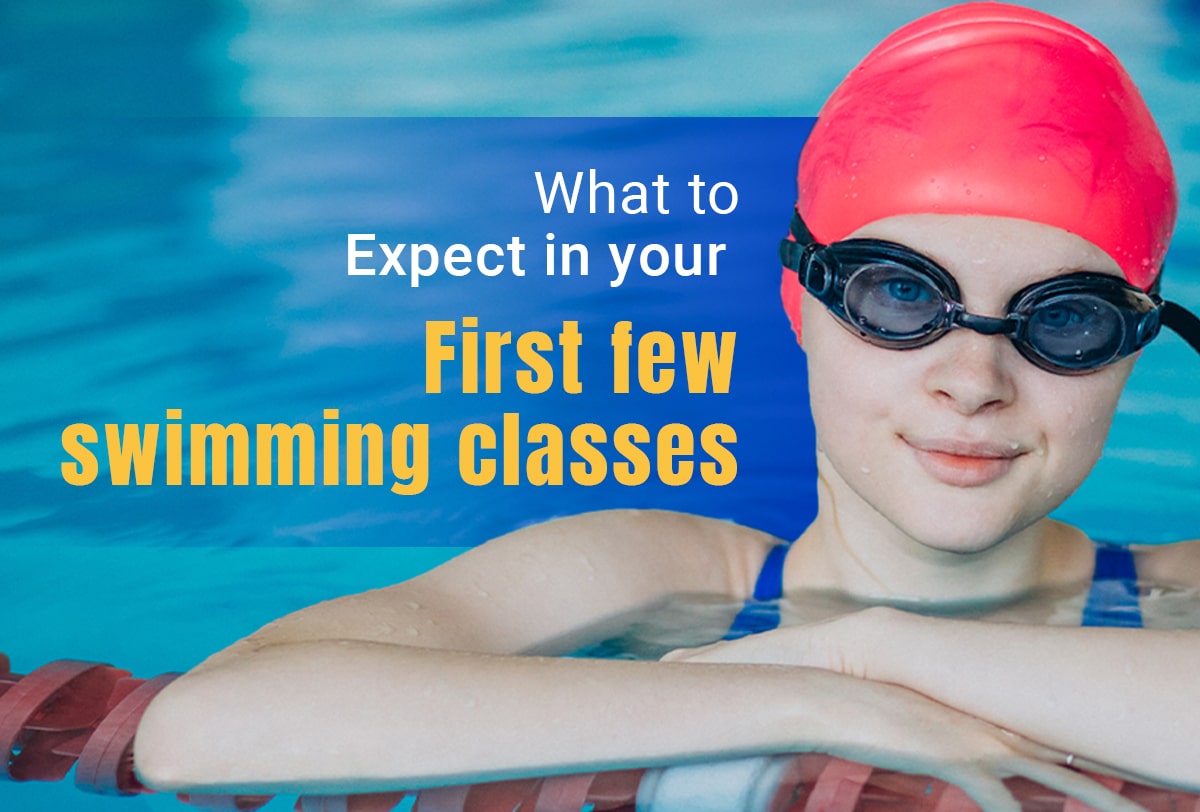
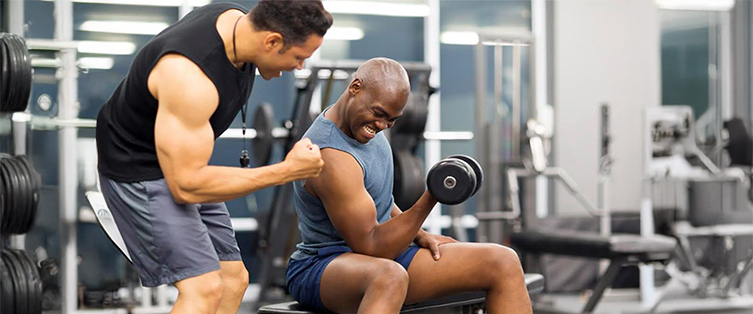
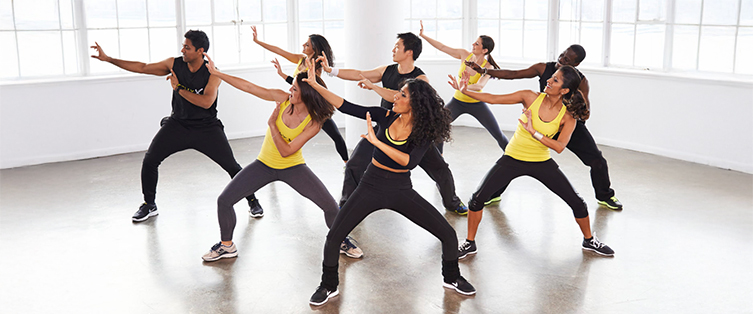

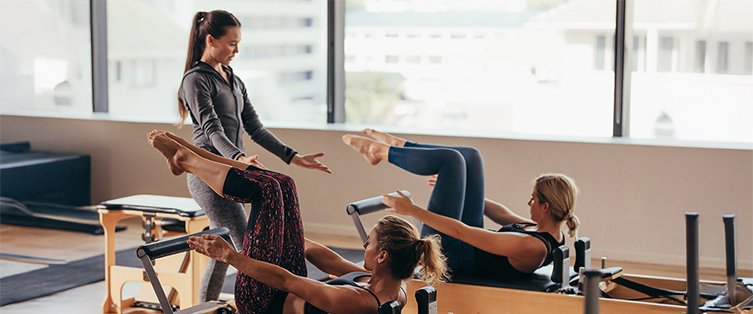
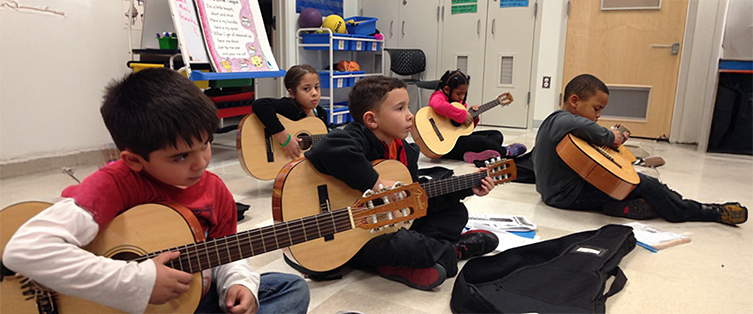
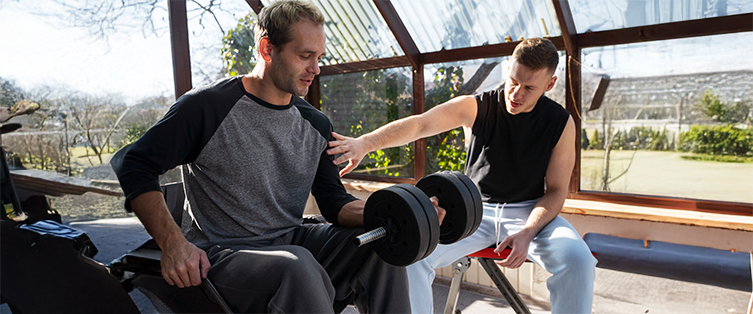
Leave a Reply